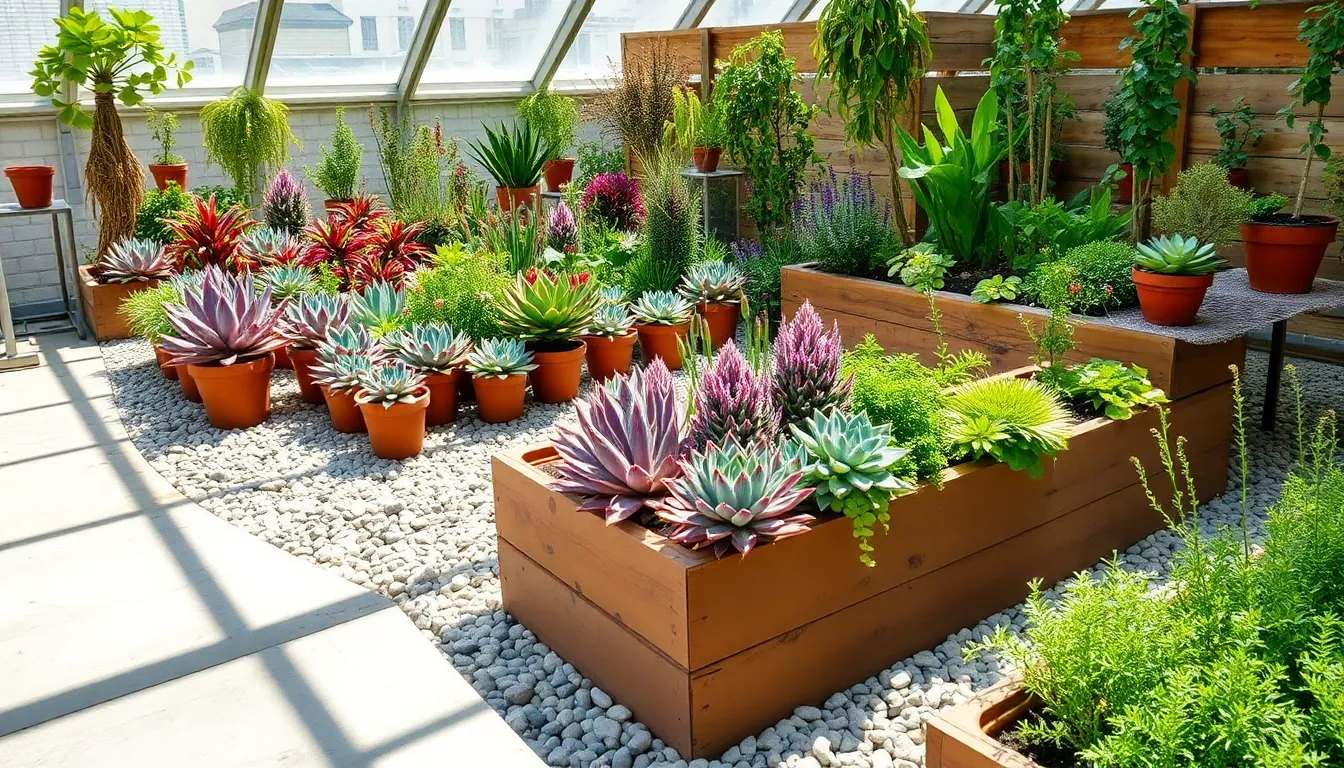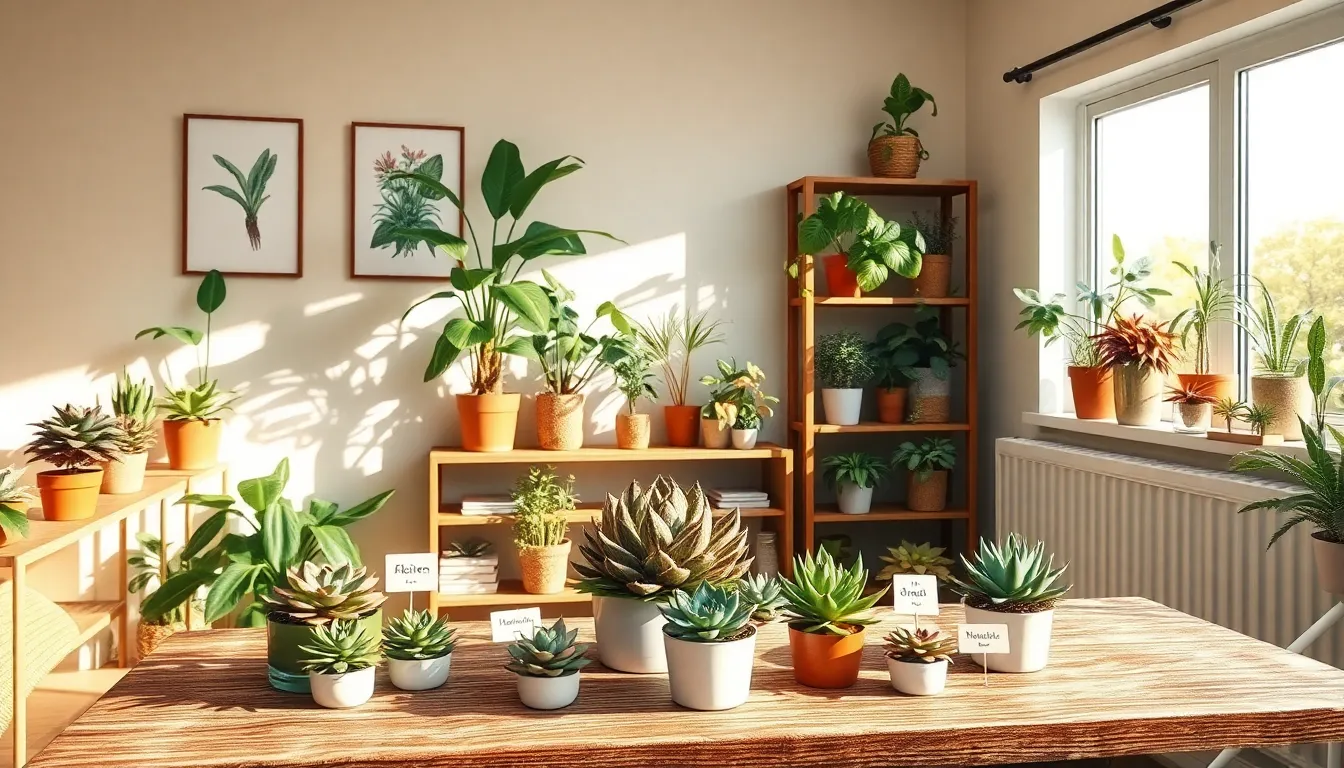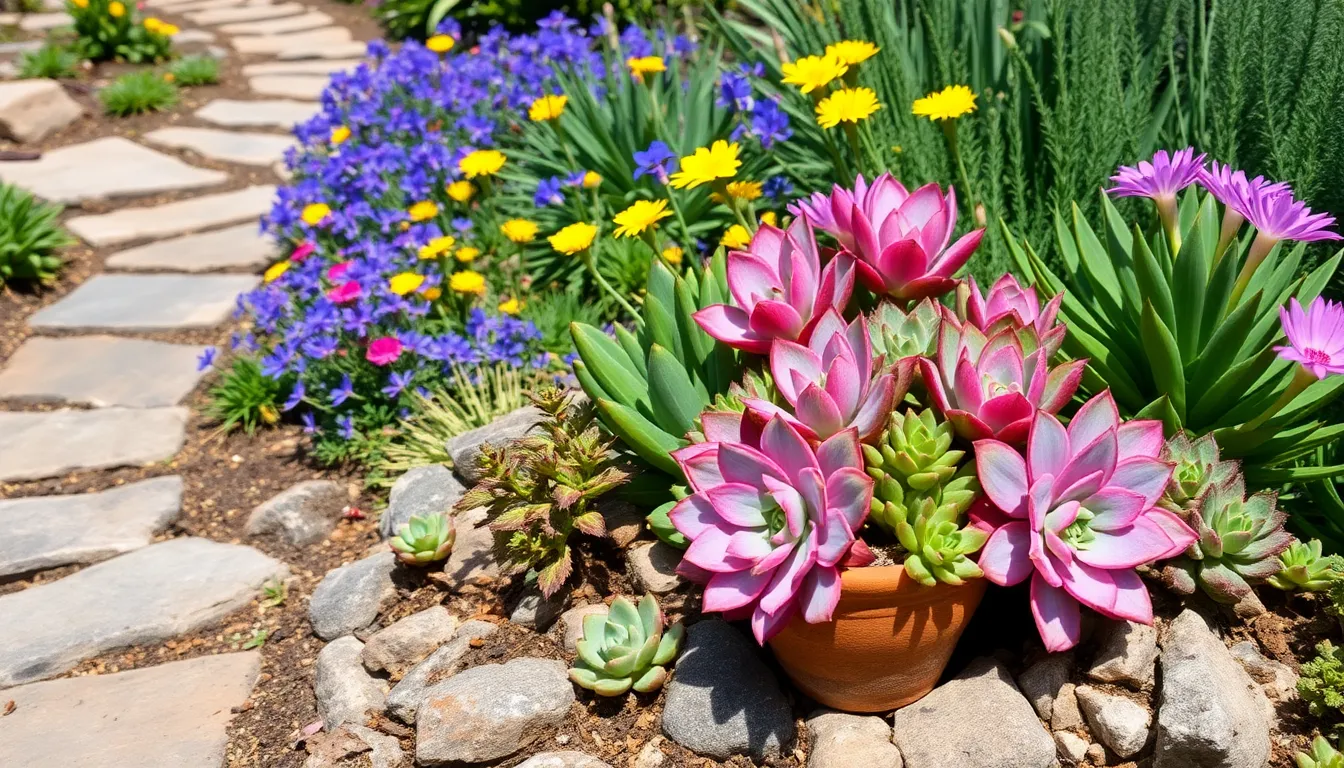Embarking on your gardening journey is like opening the door to a world where nature and nurture meet in your own backyard. Whether you’re a novice just dipping your hands into the soil or a seasoned green thumb looking to refine your toolkit, selecting the right outdoor gardening tools is your first step toward a thriving garden. It’s not just about having the tools; it’s about having the right ones that make every task more enjoyable and efficient.
In this article, we’ll guide you through a curated list of must-have tools that form the backbone of any gardener’s collection. You’ll discover why certain tools are indispensable and how they can transform your gardening experience from daunting to delightful. From sturdy spades to versatile pruners, we’ll delve into the essentials that promise to make your gardening journey both effective and gratifying. Prepare to cultivate confidence alongside your plants, knowing that with the right tools, every gardener can achieve a flourishing garden.
Choosing Basic Hand Tools

When starting a garden, selecting the right hand tools is essential for success. One of the most fundamental tools you will need is a hand trowel, perfect for planting, transplanting, and digging small holes.
Consider investing in a pruning shear to keep your plants healthy and well-shaped. This tool is indispensable for trimming dead or overgrown branches, ensuring your plants grow vigorously.
Another handy tool is a hand fork, which helps in loosening and aerating the soil. This is particularly useful in preparing your garden bed, allowing roots to penetrate easily and promoting better plant growth.
For those with larger gardens, a soil knife or hori-hori can be incredibly versatile. It can be used for weeding, cutting roots, and even dividing plants, making it a valuable addition to your gardening toolkit.
Essential Digging Equipment
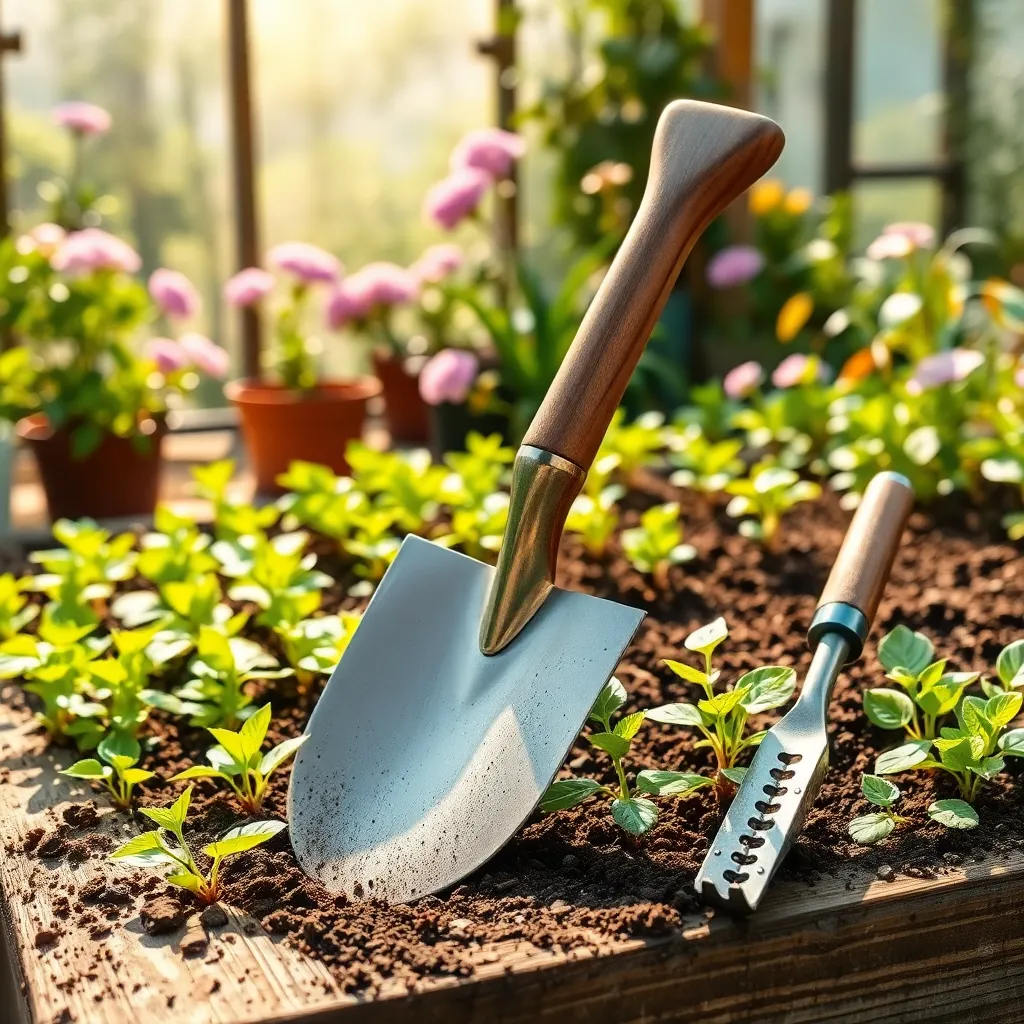
When starting your gardening journey, having the right digging tools is essential for preparing your soil. A quality spade is a versatile tool that makes digging and turning soil more efficient, especially in compacted areas.
Consider investing in a digging fork, which can be invaluable for loosening clay or rocky soils. The tines of a digging fork penetrate the soil better than a spade, making it easier to aerate and mix in organic matter like compost.
For smaller gardening tasks, a hand trowel is ideal for digging holes for planting or transplanting seedlings. Opt for a trowel with a broad blade and a comfortable grip to ensure you can work for longer periods without straining your hand.
In addition to these basic tools, a garden hoe can help you weed and shape planting beds with precision. Choose a hoe with a sharp blade to cut through tough roots and make your weeding tasks less labor-intensive.
Pruning Tools for Beginners

Pruning is an essential gardening task that helps plants thrive by removing dead or excess growth. As a beginner, investing in the right pruning tools can make this task much easier and more effective.
Start with a pair of sharp bypass pruners, which are ideal for cutting through live plant stems. These pruners make clean cuts, reducing the risk of disease and promoting healthy growth.
For thicker branches, a pair of loppers will be necessary. Loppers provide the extra leverage needed to cut through branches that are too large for pruners, making them an excellent choice for pruning shrubs and small trees.
Consider purchasing a folding pruning saw for even larger branches. This tool is compact and convenient, yet powerful enough to handle branches that measure over an inch in diameter.
Maintaining your pruning tools is crucial for keeping them effective and long-lasting. Regularly clean and oil the blades to prevent rust and ensure smooth cutting action.
Remember to always make cuts at a 45-degree angle to encourage new growth and prevent water from pooling at the cut site. Practicing good pruning techniques not only enhances plant health but also improves the overall appearance of your garden.
Watering Essentials Simplified
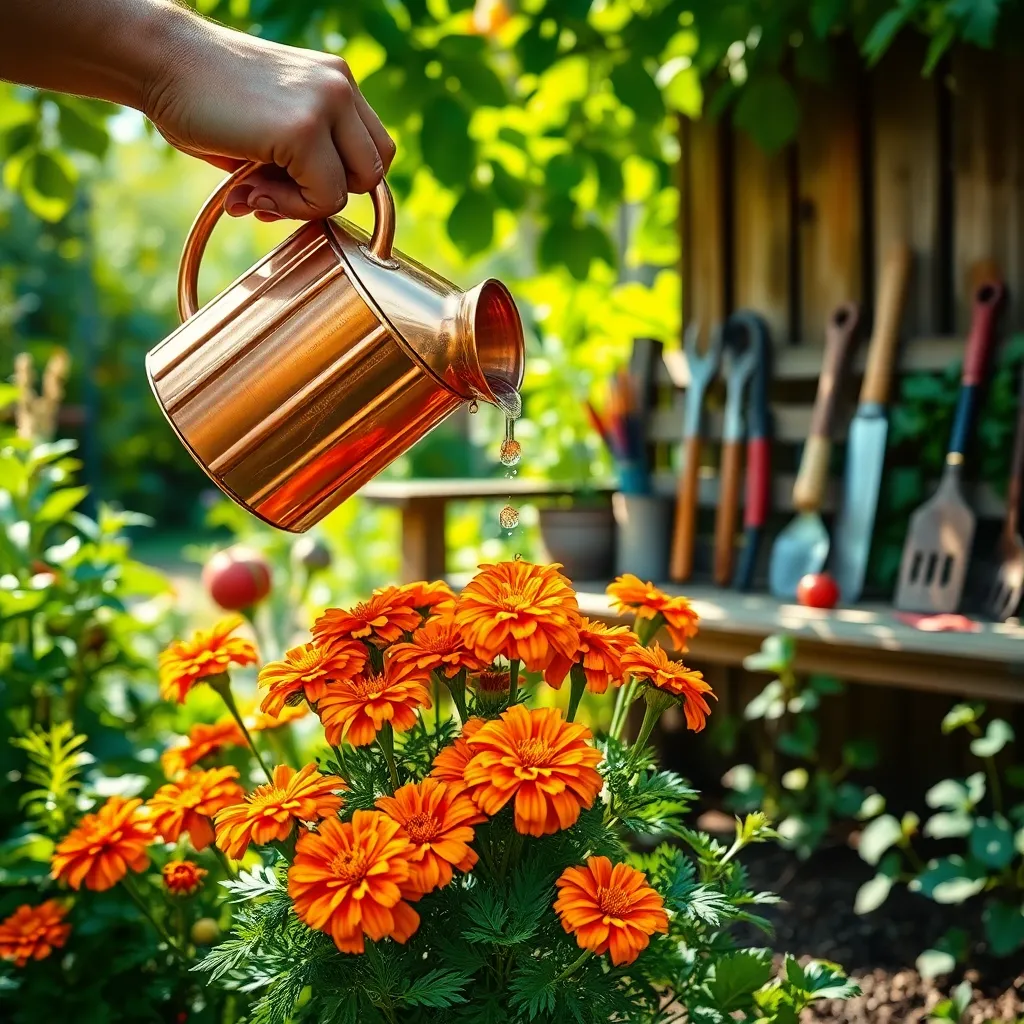
Understanding how much water your plants need is crucial for their health and growth. As a beginner, start by observing your plants closely to gauge their specific watering needs, which can vary greatly depending on factors such as size, type, and location.
For most plants, it’s best to water deeply and less frequently rather than giving them a light sprinkle every day. This encourages roots to grow deeper into the soil, making plants more drought-resistant and robust over time.
Always check the moisture level of your soil before watering. Stick your finger about an inch into the soil; if it feels dry, it’s time to water. If it still feels moist, hold off for a day or two to prevent overwatering, which is a common mistake among new gardeners.
Using mulch is an excellent way to retain soil moisture and reduce the frequency of watering. A layer of mulch can also help maintain even soil temperature and suppress weed growth, creating a healthier environment for your plants.
Consider investing in a simple drip irrigation system for more efficient water use, especially if you have a larger garden. This system delivers water directly to the plant roots, minimizing evaporation and ensuring that every drop counts.
Protective Gear and Safety
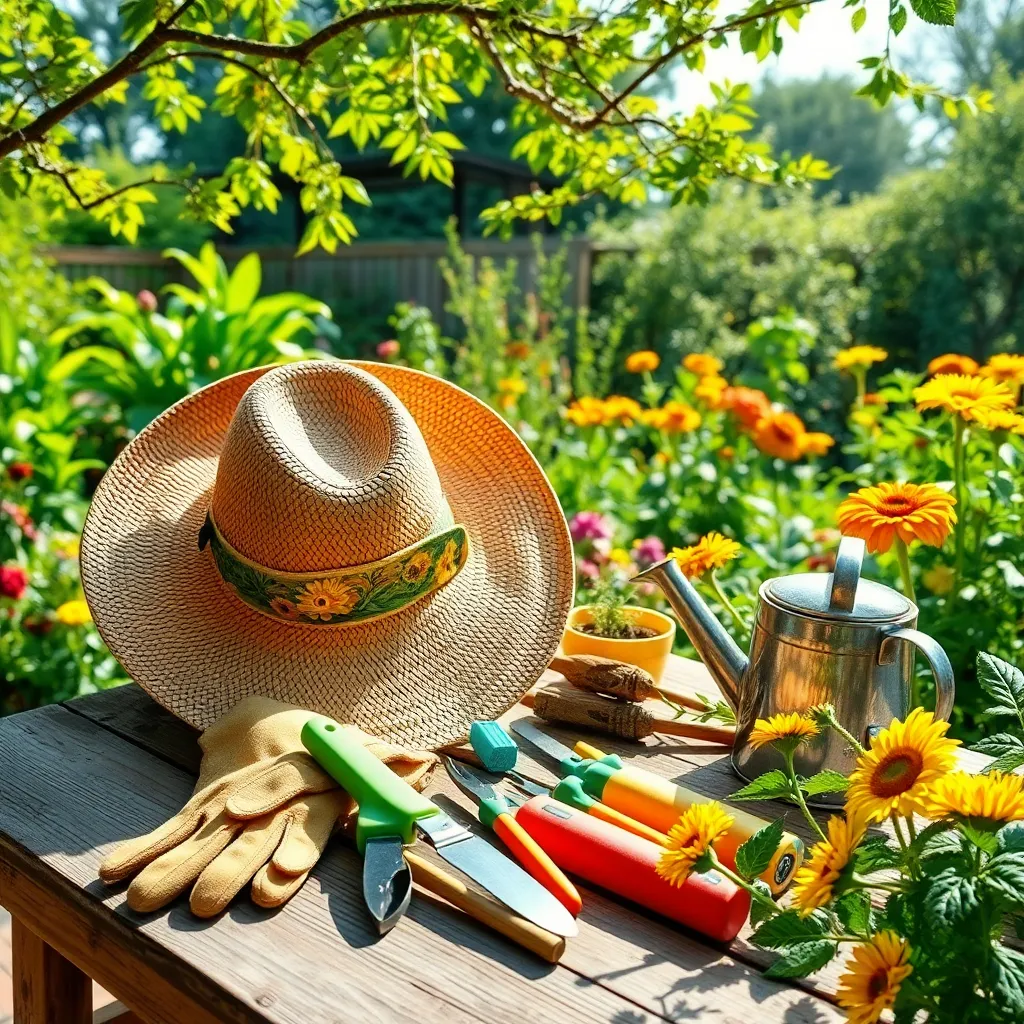
Gardening is a rewarding activity, but it’s essential to prioritize safety by wearing the right protective gear. **Gloves** are a must-have to protect your hands from thorns, rough surfaces, and harmful chemicals, ensuring you maintain a firm grip on your tools.
Equipping yourself with **protective eyewear** can prevent debris and soil particles from causing eye injuries. It’s a simple precaution that can save you from discomfort and more serious issues, particularly when using power tools or handling soil amendments.
In addition to gloves and eyewear, **sturdy footwear** is crucial for preventing injuries from sharp objects on the ground and providing support on uneven terrain. Opt for boots or shoes with a good grip and waterproof material to keep your feet dry and protected in various weather conditions.
For those spending extended periods in the sun, wearing a **wide-brimmed hat and sunscreen** can protect against harmful UV rays. This not only reduces the risk of sunburn but also helps prevent heat exhaustion, allowing you to garden comfortably and safely for longer periods.
Conclusion: Growing Success with These Plants
In your journey to cultivate the garden of your relationships, we’ve explored five essential tools to nurture growth and understanding. First, communication acts as your trusty trowel, digging deeper connections. Second, patience is your pruner, gently trimming misunderstandings. Third, trust serves as your spade, laying the groundwork for stability. Fourth, empathy is your watering can, nourishing emotional bonds. Finally, time is your sunlight, ensuring every relationship can blossom.
Now, take the first step by identifying one tool you can strengthen today. Perhaps it’s listening more attentively or dedicating time to nurture your bond. Small actions lead to abundant harvests.
Remember, relationships, like gardens, need consistent care and the right tools to thrive. Bookmark this article to serve as a handy reference whenever you need guidance or reassurance.
Looking ahead, by investing in these tools, you’re setting the stage for flourishing, fulfilling relationships. Embrace this journey with confidence and warmth, knowing that every effort you make today sows seeds for a brighter, more connected tomorrow. Save this guide as your companion in cultivating love and understanding, helping you navigate the seasons of your relationships with grace.


